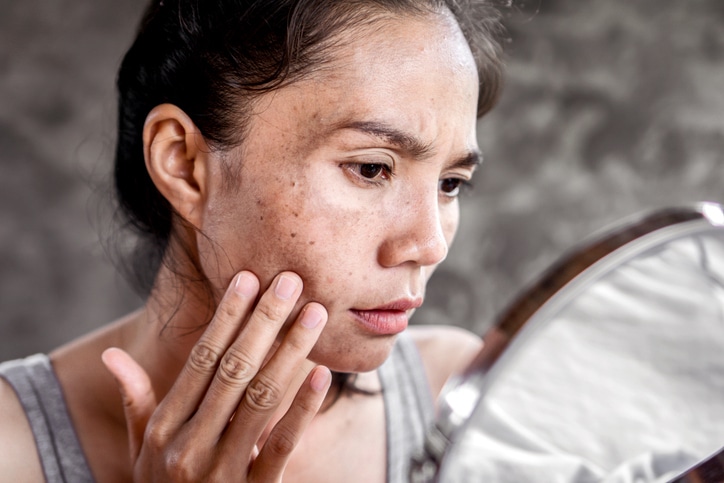
Scars can cause emotional and physical distress, negatively affecting many aspects of your daily life. They may cause persistent side effects such as itchiness, pain and tenderness; can lead to anxiety, depression and poor sleep; and often result in low self-esteem and a lack of self-confidence. Even if you’re able to hide them from others by covering them up or dressing strategically, you will always know they are there. Before you resign yourself to a lifetime of mental and physical anguish, it’s important to realize that your scars aren’t necessarily permanent. You may actually be able to fix them – or at least make them less noticeable.
Scars are physical remnants of wounds that have healed following an accident, injury or disease. They are comprised of fibrous tissue and vary in size, shape, color and texture. There are four main types of scars, classified as follows:
- Subtle scars are characterized by minor discolorations or surface irregularities and don’t cause any physical discomfort. Examples include acne scars and those resulting from minor injuries or prior surgeries.
- Hypertrophic scars are made up of thick clusters of scar tissue that develop over a wound site. They are usually raised, typically red in appearance and may cause discomfort. These scars can grow larger over time.
- Keloids are bigger and often painful or itchy. They extend beyond the dimensions of the original wound and may appear anywhere on your body but are most likely to develop in areas with little underlying fat.
- Contractures occur where there is a significant amount of tissue loss and are commonly found on burn victims. They restrict movement when skin and underlying tissue pull together during the healing process.
The type of scar you have will determine your treatment. Fortunately, most types respond well to a plastic surgery procedure known as scar revision surgery.
To determine whether you are a candidate for scar revision surgery, you will need to schedule an evaluation with one of our providers, who will examine your scars and decide on the most effective technique for improving the condition and appearance of your scars. You will be given either a local or general anesthetic (or in certain cases intravenous sedation) and your surgeon will perform one of the following scar revision surgery procedures:
- Topical treatments to help the wound close and heal. These include gels and tapes to treat scars and discoloration.
- Injectable treatments are used to fill sunken or depressed scars. They contain steroid-based compounds that help reduce collagen formation but must be repeated periodically to maintain results.
- Surface treatments soften appearance of the scar and reduce uneven pigmentation by removing the top layers of skin or altering the existing tissue. This is the most common type of scar revision technique and utilizes a variety of different methods including dermabrasion, laser therapy, chemical peels and skin bleachers. Some deep scars may require an incision for surgical removal.
Following your scar revision surgery, you are likely to experience minor swelling, bruising and discomfort for a week or two. The healing process continues as your scars gradually fade over time. Most results are long-lasting or permanent, but it may take several months to a year for them to become noticeable.
“Had a great experience. Got in very quick and felt safe with covid protocol! Everyone was extremely nice.”